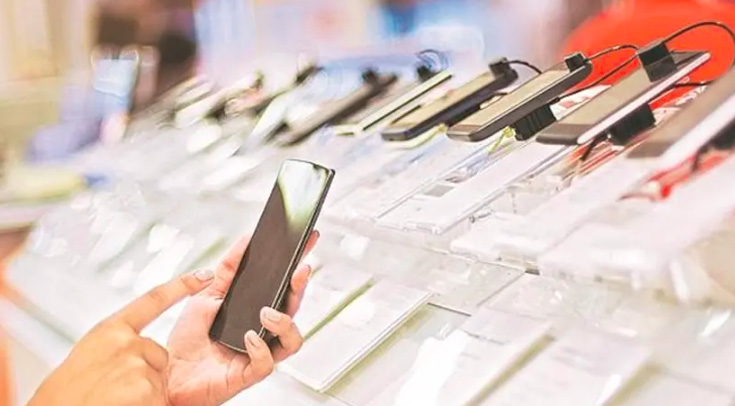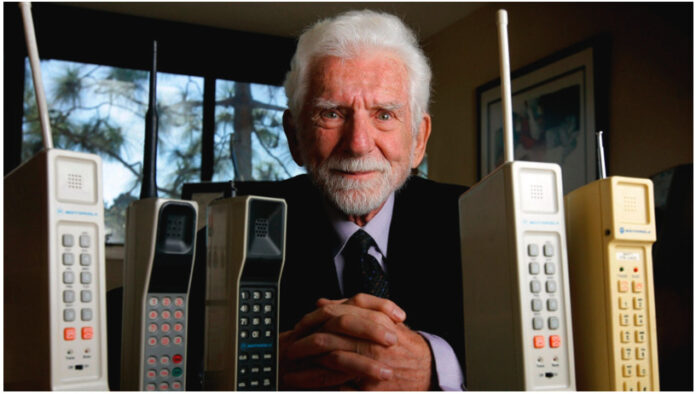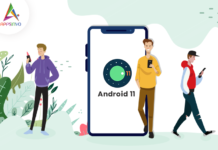Martin Cooper made the first public call from a cellphone to one of the individuals he had been competing with to develop on April 3, 1973, while standing on a sidewalk near sixth avenue in Manhattan with a brick-sized device.
Joel Engel, the head of AT&T-owned Bell Labs, received a call from Cooper, a Motorola engineer at the time, saying, I’m calling you on a mobile, but a genuine mobile, a personal, handheld, portable mobile.
The DynaTAC 8000X weighed 1.1 kg and had dimensions of 9.1 x 5.1 x 1.8 in (23 x 13 x 4.5 cm), or about the size of a one-litre bottle of water. According to reports, the device had a 30-minute talk time and required 10 hours to recharge. It’s been 50 years, and Cooper believes the world has become “too obsessed” with his invention.
Martin Cooper, known as the “Father of the Cellphone,” was quoted by TRTWorld as saying that “the neat little device we all have in our pockets has almost boundless potential and could one day even help us conquer disease.
The proliferation of cellphones
During the telecom revolution of the 1990s, the devices became popular. Versus estimates that there were 11 million cellphone users in 1900 and 2.5 billion by 2020.
Mobile phones have been forged by a half-century of innovation, from brick-sized handsets popular with stockbrokers to intensely powerful computers that sit in our pockets.
Siemens introduced its first mobile phone, which came in the form of a suitcase, in 1985. Following the Siemens Mobiltelefon C1, there were some compact mobile phones.
The first Nokia phone, the Mobira Cityman 900, was released in 1987. Only the wealthy could afford the phone, which weighed 800g (28 oz) with the battery.
In 1988, Samsung joined the league and released its first mobile, the SH-100. It was the first mobile phone designed and produced in Korea.
Motorola introduced the first flip phone in a market dominated by brick-sized cellphones. Prior to the MicroTAC model, most cellphones were large and had to be installed in vehicles due to their size.
As the 1990s progressed, phones became lighter and antennas became thinner. In 1992, Nokia released the 1011 model, the first mass-produced GSM (2G) phone.
At Vodafone’s office Christmas party that year, a developer sent the first-ever text message to the company director. Happy Christmas, the SMS message said.

Nokia started making improvements in the late 1990s, and in 1997, with the release of the 6110 model and the renowned “Snake” game, it popularised mobile games.
The Nokia 7110 was the first mobile device to support wireless internet access. Another model, the Nokia 3210, introduced predictive writing to the world.
Japan was the first nation to use a 3G mobile network in 2001, enabling access to high-speed mobile internet.
It was quickly followed by other Japanese inventions including the Kyocera VP-210 video calling phone from 1999 and the Sharp SH04, the first device with a built-in back camera.
In front of a cheering throng, Steve Jobs introduced the first iPhone in 2007 and declared, “Today, Apple is going to redefine the phone.” The majority of the hardware buttons on the smartphone, known as the iPhone 2G, were eliminated in favour of a touch-based user interface.












